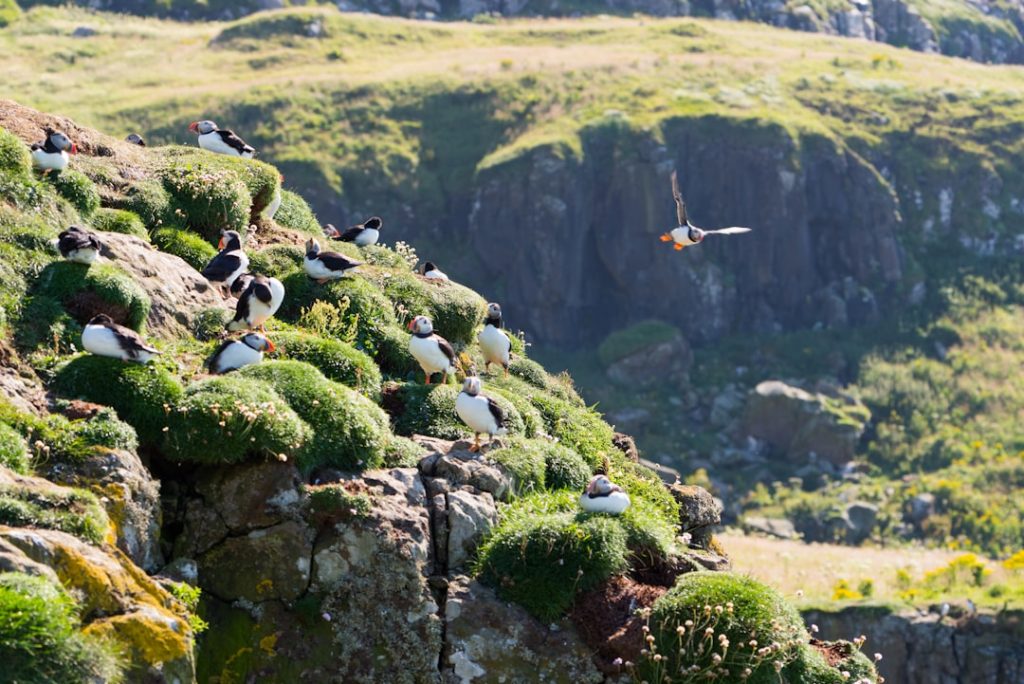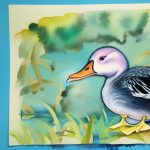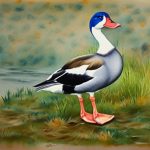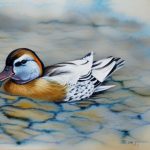Ducks are fascinating creatures with complex breeding behaviors that are essential to their survival as a species. Breeding behavior in ducks is influenced by a variety of factors, including environmental conditions, social dynamics, and genetic predispositions. Understanding the intricacies of duck breeding behavior can provide valuable insights into the natural world and help conservationists and researchers develop strategies to protect and preserve duck populations.
Duck breeding behavior is characterized by a series of distinct stages, including courtship and pair bonding, nesting and egg laying, incubation and brooding, and duckling care and development. Each stage is marked by specific behaviors and interactions that are crucial to the successful reproduction of ducks. By studying these behaviors, scientists can gain a deeper understanding of the reproductive strategies employed by ducks and the factors that influence their breeding success. In this article, we will explore the various aspects of duck breeding behavior, shedding light on the fascinating world of these remarkable birds.
Table of Contents
Key Takeaways
- Ducks engage in complex courtship and pair bonding behaviors to establish and maintain relationships with their mates.
- Nesting and egg laying are crucial stages in the breeding behavior of ducks, with females selecting suitable sites and laying a clutch of eggs.
- Incubation and brooding are important stages in duck breeding behavior, with females typically responsible for incubating the eggs and caring for the young.
- Ducklings require care and protection from their parents to ensure their survival and development.
- Human activities such as habitat destruction and hunting can have a significant impact on the breeding behavior of ducks, affecting their ability to successfully reproduce and raise offspring.
Courtship and Pair Bonding
Courtship and pair bonding are integral components of duck breeding behavior, playing a crucial role in the formation of stable mating pairs. During the courtship phase, male ducks often engage in elaborate displays to attract the attention of females. These displays can include vocalizations, head bobbing, and intricate body movements designed to showcase the male’s fitness and genetic quality. Female ducks may respond to these displays by performing their own courtship behaviors, such as preening and head dipping, to signal their receptiveness to mating.
Once a pair bond is established, male and female ducks engage in mutual grooming and other affiliative behaviors to strengthen their bond. Pair bonding is essential for successful reproduction, as it provides a stable foundation for the nesting and rearing of offspring. In some duck species, pair bonds may be monogamous, with males and females forming exclusive partnerships for the duration of the breeding season. In other species, however, pair bonds may be more flexible, with individuals forming new partnerships each breeding season.
Nesting and Egg Laying
Nesting and egg laying are critical stages in the reproductive cycle of ducks, marking the beginning of the process of offspring production. Female ducks typically seek out suitable nesting sites in close proximity to water, where they can build their nests and lay their eggs. Nest construction varies among duck species, with some building elaborate nests from twigs and vegetation, while others simply create shallow depressions in the ground lined with down feathers.
Once the nest is constructed, female ducks lay a clutch of eggs over a period of several days, with each egg being carefully positioned and covered with down for insulation. The number of eggs in a clutch can vary widely depending on the species, with some ducks laying just a few eggs, while others may lay upwards of a dozen or more. The timing of egg laying is often synchronized with environmental cues, such as day length and temperature, to optimize the chances of hatching success.
Incubation and Brooding
After the eggs are laid, female ducks begin the process of incubation, during which they diligently warm and protect the eggs until they hatch. Incubation periods can range from several weeks to over a month, depending on the species, with females rarely leaving the nest during this time. Incubation behavior is characterized by the female’s careful attention to maintaining the proper temperature and humidity levels within the nest to ensure the viability of the developing embryos.
Once the eggs hatch, female ducks transition into the brooding phase, during which they provide warmth and protection for their newly hatched ducklings. Brooding behavior involves close physical contact between the mother and her offspring, as she guides them to food sources and teaches them essential survival skills. This period is crucial for the development of the ducklings, as they rely on their mother for warmth, nourishment, and protection from predators.
Duckling Care and Development
Duckling care and development are marked by a series of remarkable behaviors that are essential for the survival of the offspring. After hatching, ducklings are precocial, meaning they are relatively mature and mobile from birth. They are able to leave the nest shortly after hatching and begin foraging for food under the guidance of their mother. Female ducks play a critical role in teaching their ducklings how to find food, avoid predators, and navigate their environment.
As ducklings grow and develop, they undergo a series of physical and behavioral changes that prepare them for independence. They gradually become more proficient at foraging for food on their own and may begin to explore their surroundings independently. This period of development is marked by rapid growth and learning as ducklings acquire the skills necessary for survival in their natural habitat.
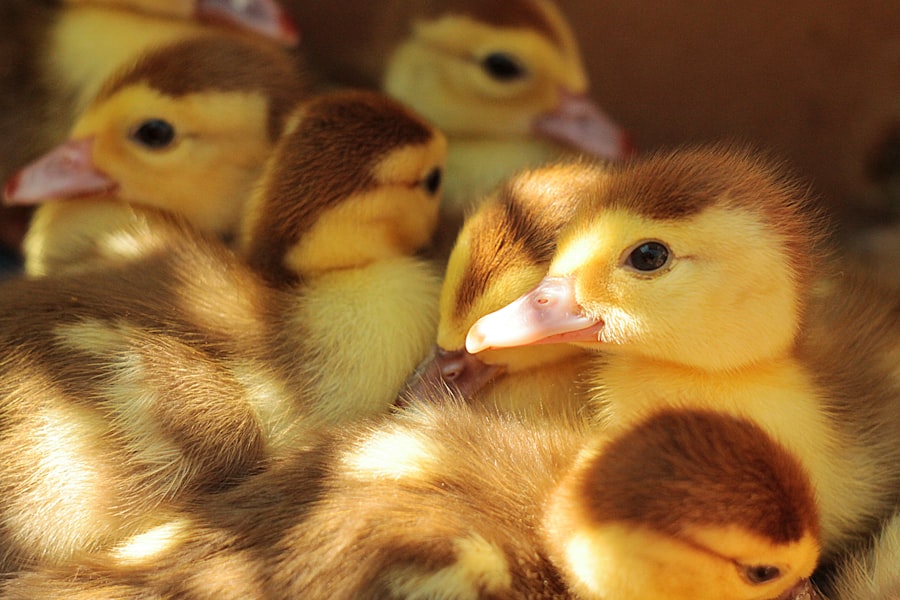
Ducks exhibit a diverse array of mating systems and social structures that reflect the ecological and evolutionary pressures they face in their natural environments. While some duck species form monogamous pair bonds that last for an entire breeding season, others engage in polygynous or polyandrous mating systems characterized by multiple mating partners. In some cases, male ducks may form leks, where they gather in groups to display and compete for access to females.
Social structure within duck populations can also vary widely, with some species forming large flocks that provide protection from predators and facilitate cooperative foraging behaviors. Within these flocks, individuals may establish dominance hierarchies through aggressive displays and interactions. Understanding these mating systems and social structures is essential for conservation efforts aimed at preserving duck populations and their natural habitats.
Human Impact on Duck Breeding Behavior
Human activities have had a significant impact on duck breeding behavior and populations worldwide. Habitat loss, pollution, climate change, hunting pressure, and predation by introduced species have all contributed to declines in duck populations in many regions. Conservation efforts aimed at protecting wetlands, restoring natural habitats, and regulating hunting practices are essential for safeguarding the breeding behavior of ducks and ensuring their long-term survival.
In addition to direct threats to duck populations, human activities can also disrupt natural breeding behaviors through disturbance of nesting sites, pollution of waterways, and introduction of invasive species. These disruptions can have far-reaching consequences for duck populations, affecting their ability to successfully reproduce and rear offspring. By understanding the impact of human activities on duck breeding behavior, conservationists can develop strategies to mitigate these threats and promote healthy duck populations for future generations to enjoy.
In conclusion, duck breeding behavior is a complex and fascinating aspect of avian biology that plays a crucial role in the survival of duck species worldwide. By studying the various stages of duck breeding behavior, from courtship and pair bonding to nesting and egg laying, scientists can gain valuable insights into the reproductive strategies employed by ducks. Understanding mating systems and social structures within duck populations is essential for conservation efforts aimed at protecting these remarkable birds from human-induced threats. By working to preserve natural habitats and mitigate human impacts on duck breeding behavior, we can ensure that these iconic birds continue to thrive in their natural environments for generations to come.
If you’re interested in learning more about duck breeding behavior, you might also want to check out an article on PoultryWizard.com that discusses the importance of providing a suitable nesting environment for chickens. The article, “Creating the Perfect Chicken Coop Nest Box,” offers valuable insights into how to create a comfortable and secure space for hens to lay their eggs, which can be relevant to understanding the nesting behaviors of ducks as well. You can find the article here.
FAQs
What is duck breeding behavior?
Duck breeding behavior refers to the actions and activities that ducks engage in during the mating and reproduction process. This includes courtship displays, mate selection, nest building, and egg laying.
How do ducks choose their mates?
Ducks often engage in courtship displays to attract a mate. These displays can include vocalizations, head bobbing, and wing flapping. Once a pair has formed, they may engage in preening each other and other bonding behaviors.
Do ducks build nests for breeding?
Yes, ducks typically build nests for breeding. The female will select a suitable nesting site, often near water, and construct a nest out of grasses, leaves, and other materials. The male may help by bringing materials to the female.
How many eggs do ducks lay during breeding season?
The number of eggs laid by ducks can vary depending on the species, but it is common for ducks to lay anywhere from 8 to 12 eggs in a clutch. Some species may lay more or fewer eggs.
How do ducks care for their young after hatching?
After the eggs hatch, the female duck will lead her ducklings to water, where they will begin to forage for food. The female will provide protection and guidance to her young, while the male may leave the family unit to join other males.
Meet Walter, the feathered-friend fanatic of Florida! Nestled in the sunshine state, Walter struts through life with his feathered companions, clucking his way to happiness. With a coop that’s fancier than a five-star hotel, he’s the Don Juan of the chicken world. When he’s not teaching his hens to do the cha-cha, you’ll find him in a heated debate with his prized rooster, Sir Clucks-a-Lot. Walter’s poultry passion is no yolk; he’s the sunny-side-up guy you never knew you needed in your flock of friends!

